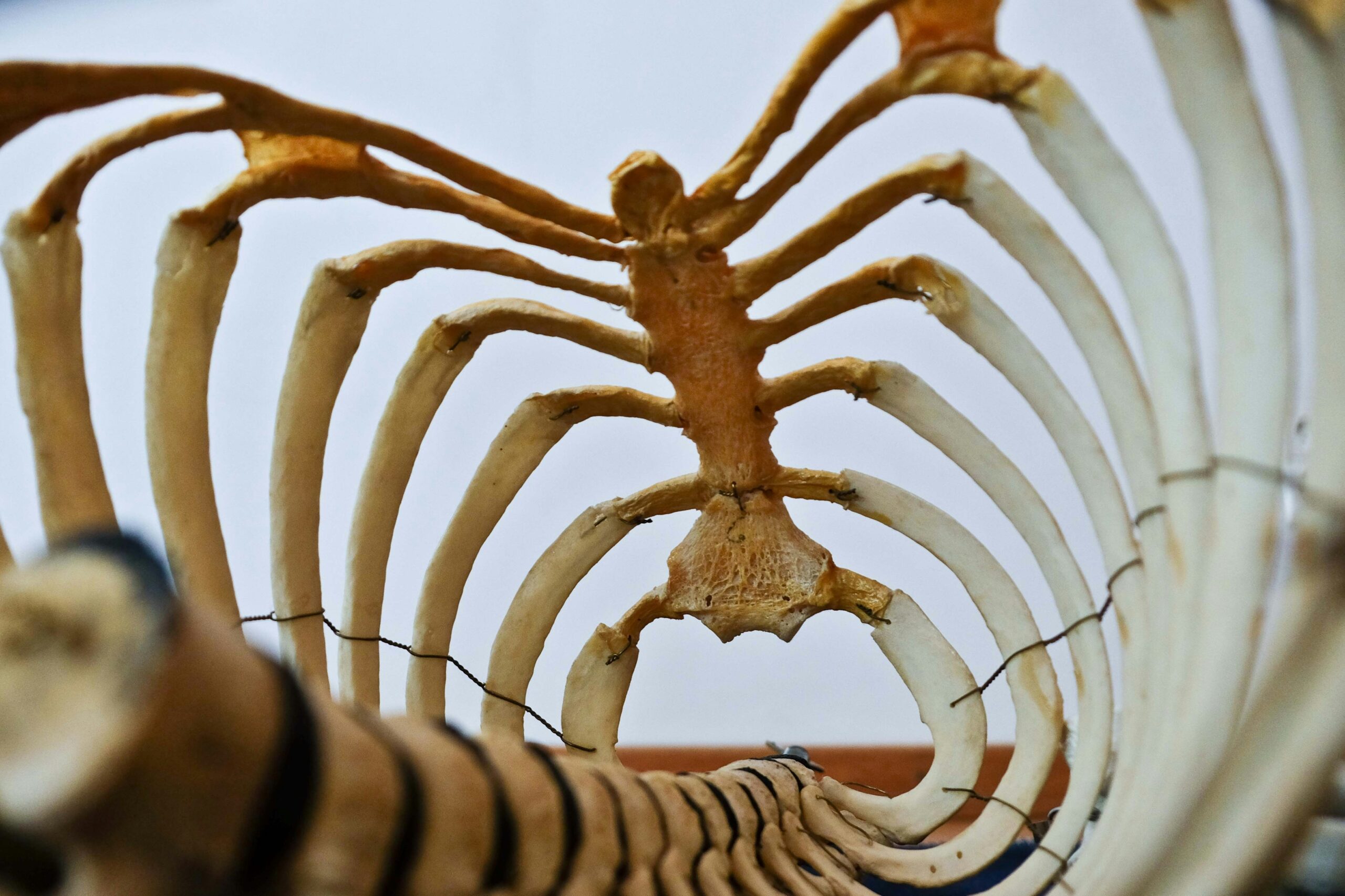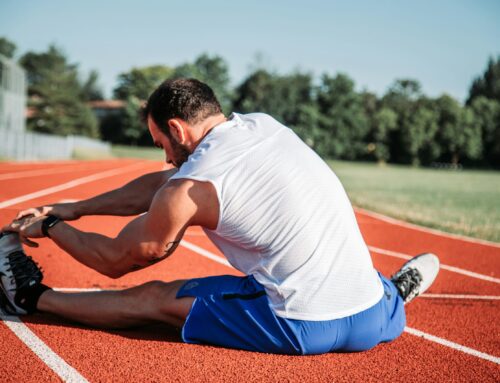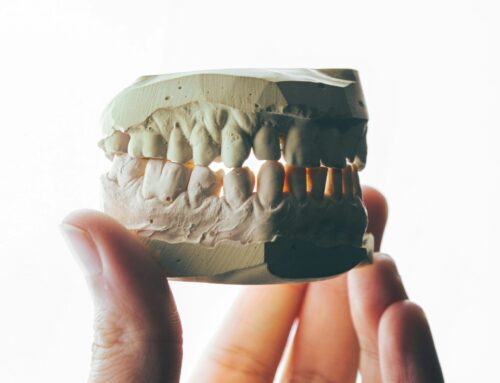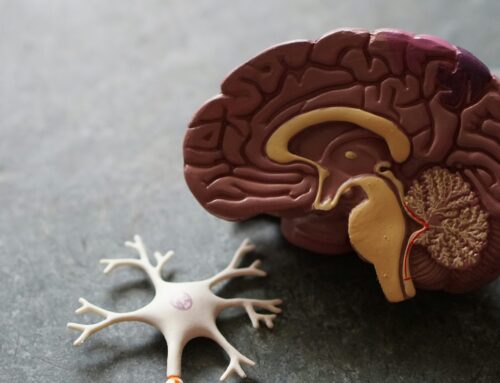The human spine is an incredibly complex and robust structure that supports and moves the body. It forms the foundation for the entire body and allows us to stand upright and perform a variety of movements. The spine consists of 33 to 34 vertebrae, divided into five sections. Understanding these sections and their functions is essential for understanding the biomechanics of lifting and carrying.
Structure of the Spine
1. Cervical Spine (Neck Region): The seven vertebrae in the cervical spine (C1 to C7) support the weight of the head and allow for significant mobility, particularly in rotating and tilting the head. The top vertebra (C1), called the Atlas, supports the head and is connected to the second vertebra (C2), called the Axis, which allows for head rotation.
2. Thoracic Spine (Upper Back): This region consists of twelve vertebrae (T1 to T12) and connects to the ribs. The thoracic spine is less mobile than the cervical spine and primarily provides stability to the upper body. It bears the weight of the upper body and helps distribute it evenly to the pelvis.
3. Lumbar Spine (Lower Back): The five vertebrae (L1 to L5) in the lumbar region are the largest and strongest in the spine. They bear most of the upper body’s weight and are responsible for flexibility and movement of the lower back. This region is particularly prone to injury as it is exposed to significant loads during activities such as lifting and carrying.
4. Sacrum: The sacrum consists of five fused vertebrae and connects the spine to the pelvis. This region bears the weight of the lumbar spine and transmits it to the pelvis.
5. Coccyx: The coccyx is made up of four to five fused vertebrae and is the lowest part of the spine. It does not bear weight but contributes to pelvic stability.
Function of the Spine
The spine performs several essential functions:
1. Support and Load-bearing: The spine supports the entire upper body and transmits weight to the pelvis and legs. It enables an upright posture and ensures an even distribution of body weight.
2. Mobility and Flexibility: The spine allows for bending, stretching, rotating, and lateral tilting of the body. This flexibility is essential for daily movement and for lifting and carrying loads.
3. Protection of the Spinal Cord: The spinal cord runs within the vertebral canal formed by the vertebrae. It is responsible for transmitting nerve impulses from the brain to various parts of the body. The protective casing of the spine helps prevent damage to the spinal cord.
4. Cushioning and Shock Absorption: Between the vertebrae are the intervertebral discs, which act as shock absorbers. These prevent direct friction between the vertebrae and absorb the impact of forces generated by activities such as running, jumping, or lifting.
Anatomical Adaptation to Function
The spine is structured to provide both stability and flexibility. Its natural S-shape—comprising the lordoses (cervical and lumbar regions) and kyphoses (thoracic and sacral regions)—plays a crucial role. These curves act as shock absorbers and allow the spine to effectively absorb and distribute forces, such as those generated when lifting heavy objects.
The intervertebral discs are made up of an outer fibrous ring (annulus fibrosus) and an inner gel-like nucleus (nucleus pulposus). The nucleus helps to dampen shocks, and the fibrous ring prevents the nucleus from protruding during movement.
Biomechanics of the Spine in Lifting and Carrying
The biomechanics of the spine during lifting and carrying are crucial for avoiding injury. The load placed on the spine during lifting and carrying depends on several factors, including the alignment of the spine, the activation of muscles, and the type of movement.
1. Force Transfer and Stability
The spine bears the weight of the body and any load being carried. When lifting heavier objects, proper technique is essential to prevent injury. When lifting, the weight is not only carried by the spine but also by the legs and trunk. The leg muscles (particularly the thigh muscles) should be primarily used during the movement since they are the strongest and bear the most weight.
The core muscles, especially the abdominal and back muscles, stabilize the spine and protect it from overload. If these muscles are not engaged, the spine is subjected to excessive strain, which can lead to injury.
2. Role of the Intervertebral Discs and Facet Joints
The intervertebral discs are critical for the spine’s mobility and also act as shock absorbers. During movements like lifting, the disc is compressed and absorbs the forces exerted on the vertebrae. However, improper loading of the spine during lifting can cause the gel-like nucleus to protrude from the disc, leading to a herniated disc.
The facet joints are small joints between the vertebrae that allow for the movement of the spine. They provide stability by holding the vertebrae in place while allowing for a degree of flexibility.
3. Protective Mechanisms of the Spine
The spine protects itself through several mechanisms:
- Muscle Activation: When the spine is loaded, the stabilizing muscles of the trunk, particularly the erector spinae (the long back muscle) and abdominal muscles, are automatically engaged to prevent the spine from moving into dangerous positions.
- Maintaining a Neutral Spine Position: The spine should always be maintained in a neutral position while lifting. Unnecessary bending or twisting of the back during lifting increases the risk of injury.
4. Force Distribution and Lifting Techniques
Proper lifting technique is crucial for the biomechanics of lifting:
Bend at the knees and hips, not the back: When lifting, the body should primarily bend at the knees and hips, not the spine. This minimizes the load on the vertebral joints and discs.
Keep the load close to the body: The closer the load is to the body, the less the spine has to absorb the full weight. Carrying an object far from the body increases the lever arm and places more strain on the spine.
Effects of Improper Lifting and Carrying
Improper lifting and carrying have far-reaching consequences for the spine. Common issues include:
1. Herniated Discs
A herniated disc occurs when the gel-like nucleus of an intervertebral disc protrudes through the outer fibrous ring and presses on nerves. This can be caused by improper lifting techniques, especially when the spine is overloaded or twisted. Symptoms range from intense pain to numbness or paralysis.
2. Muscle Strains and Sprains
When the back muscles are not properly activated or are overloaded, muscle strains and sprains often occur. These can lead to acute back pain and contribute to poor posture over time.
3. Spondylolisthesis
Spondylolisthesis occurs when a vertebra slips over the one beneath it, often due to repeated or improper loading. This can result in chronic back pain and limited mobility.
4. Degenerative Changes and Chronic Back Issues
Long-term improper lifting or insufficient stabilization of the spine can lead to degenerative changes in the discs and facet joints. These changes can cause chronic back pain, limited mobility, and even permanent damage to the spine.
Exercises to Strengthen the Spine
The spine relies on regular movement to remain healthy and strong. The following exercises help to strengthen the muscles and stabilize the spine:
1. Plank
Execution: The body is held in a straight line from head to feet, supported on the forearms. This exercise strengthens the entire trunk, particularly the deep abdominal muscles and lower back.
Benefit: Promotes spinal stability and strengthens the core muscles.
2. Deadlift
Execution: In the deadlift, a barbell or other heavy object is lifted from the ground by bending the knees and keeping the back upright. The legs should bear most of the load.
Benefit: Strengthens the entire posterior chain, including the back, thighs, and glutes.
3. Bridge
Execution: Lying on the back with feet flat on the floor, the pelvis is raised until the body forms a straight line.
Benefit: Strengthens the lower back, glutes, and thigh muscles.
4. Cat-Cow Stretch
Execution: In a quadruped position, alternate between arching the back (cat position) and extending it (cow position).
Benefit: Promotes flexibility of the spine and helps relieve tension.
5. Bird-Dog
Execution: In a quadruped position, alternately raise the right arm and left leg (and vice versa) while stabilizing the trunk.
Benefit: Strengthens the back and abdominal muscles and improves coordination.
Conclusion
The spine is an incredibly complex and resilient system that provides both flexibility and stability. To avoid back pain and long-term damage, it is essential to properly unload and strengthen the spine. This includes learning proper lifting techniques and performing regular exercises that support muscle function and promote mobility. By understanding the anatomy and biomechanics of the spine, we can protect our health in the long run and effectively prevent back problems.







Leave A Comment